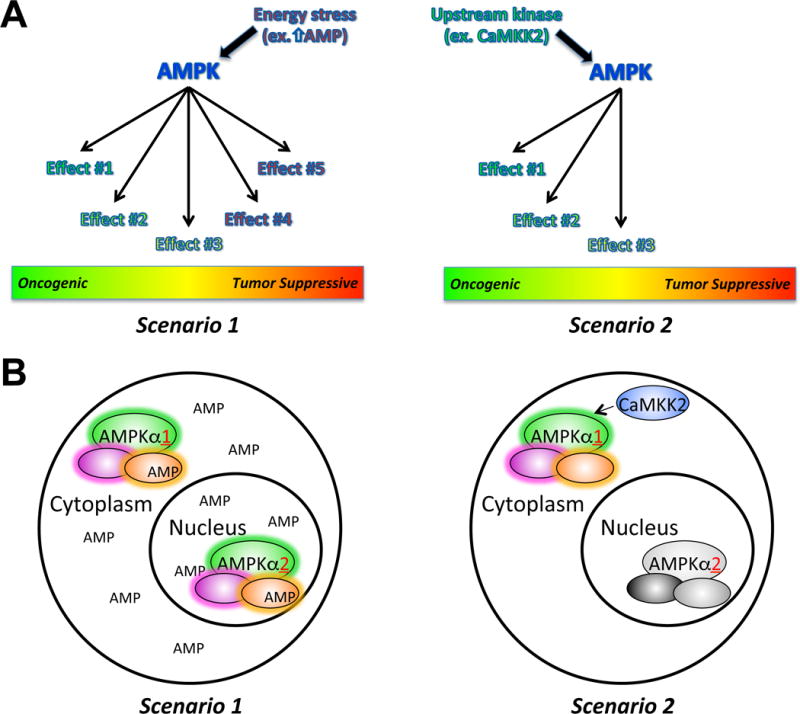Figure 2. Upstream stimuli determine the differential regulation/activation of AMPK-mediated downstream effects.

A, Depending on the particular upstream cue (ex. energy stress (Scenario 1) or phosphorylation by an upstream kinase (Scenario 2)), different subpopulations of AMPK can be activated (or inactivated). The net phenotypic effect of each type of AMPK activation will be the summation of all the regulated downstream pathways, shifting the balance between oncogenic and tumor suppressive AMPK signaling. In Scenario 1, all downstream AMPK targets (both oncogenic and tumor suppressive) are activated. Here, the tumor suppressive functions could dominate. In Scenario 2, there is a more selective activation of AMPK complexes that favor the induction of oncogenic downstream processes. B, The type of upstream stimuli and thus manner in which cellular AMPK complexes are activated is likely influenced by both the location of upstream cues and AMPK complexes, which can be influenced by amongst other aspects the subunit composition, as well as the duration of signal. In this regard, in Scenario 1, a persistent energetic stress such as high AMP (or ADP) levels would be able to activate the majority of AMPK complexes. In contrast, an upstream kinase with a more restricted location such as CaMKK2 (Scenario 2) could only phosphorylate/activate local AMPK complexes, perhaps for a limited duration. This would lead to a restricted set of downstream processes that AMPK could regulate.
